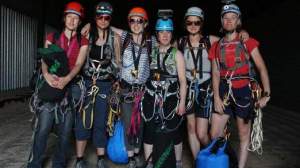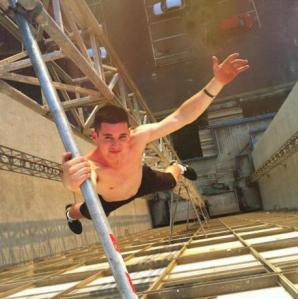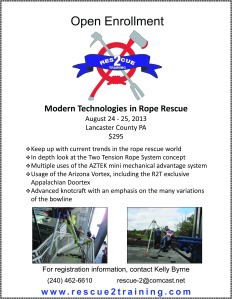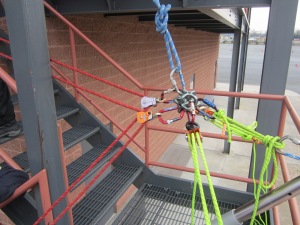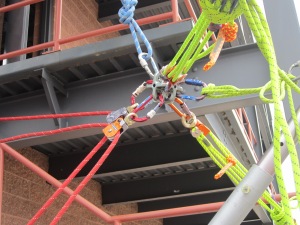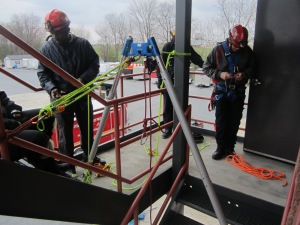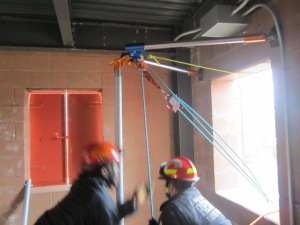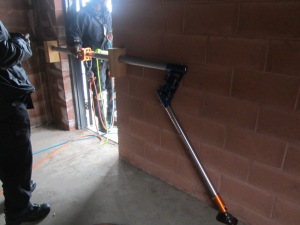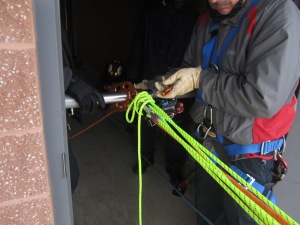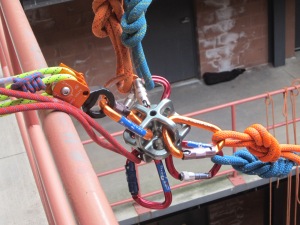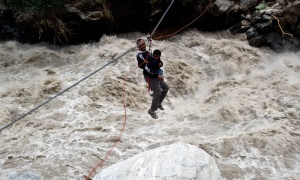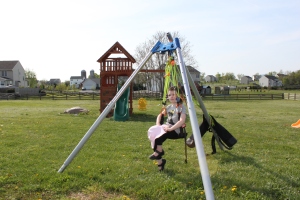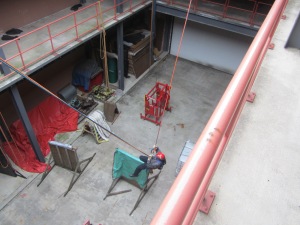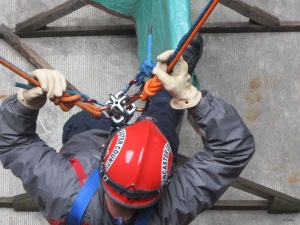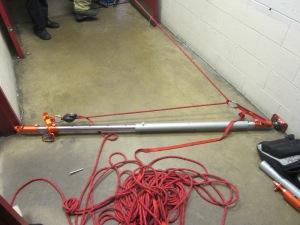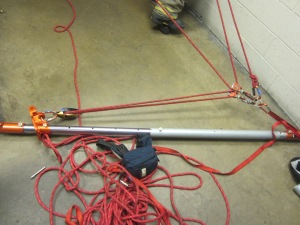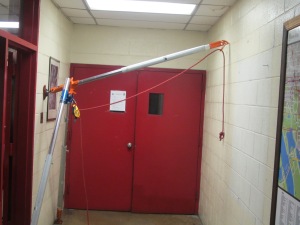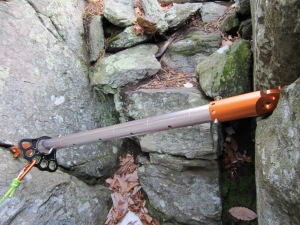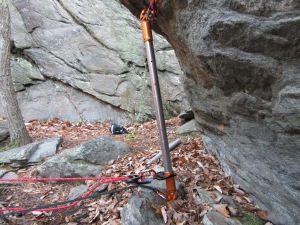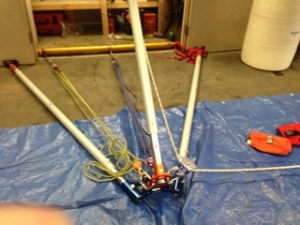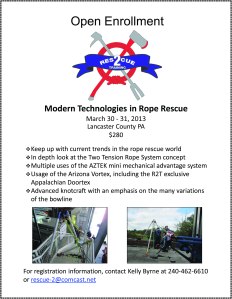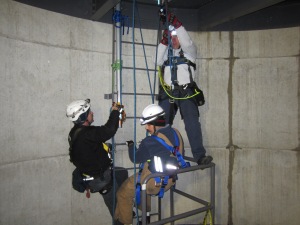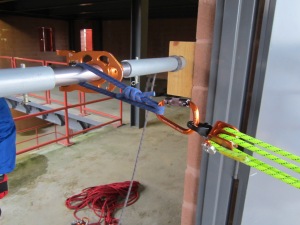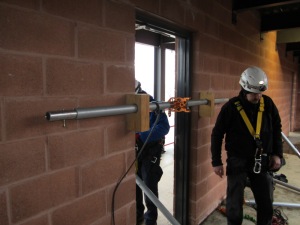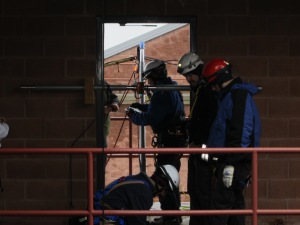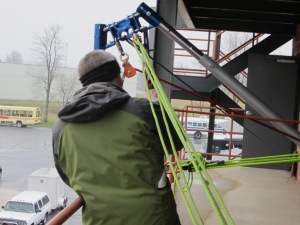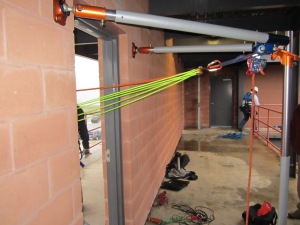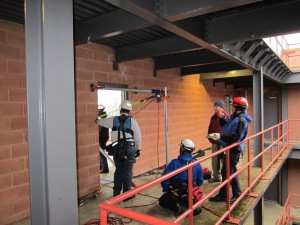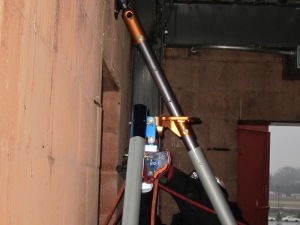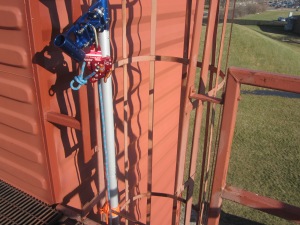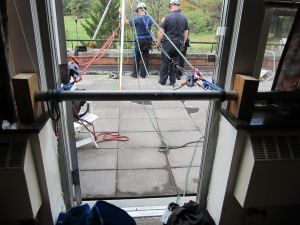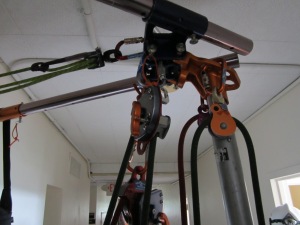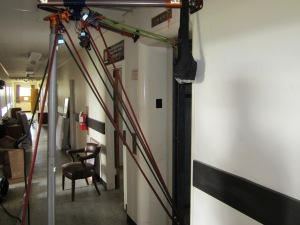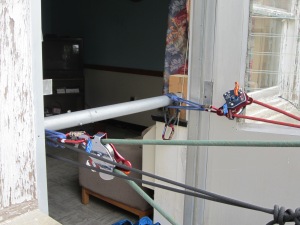What, climbing up the outside of the Shard in London is not what you were thinking?
Six activists from Greenpeace were protesting oil drilling in the Arctic and decided to let the world know about it by shouting it from the roof top. The roof they chose, however, was the top of the Shard in London which is 1017′ high. It took them 15 hours to make the climb up the outside of the building. From looking at all of the pictures, it sure looks like they were well prepared to make the ascent without trouble.
As a rescue consideration, it sounds like there were several points along the route where a rescuer could have accessed a climber without having to start at ground level. Letting them get to the top to make their point and then arresting when they came in was probably the easiest way to deal with the situation without any snafus and without placing anybody in additional danger. Should it have been necessary though, this kind of climbing and exposure is certainly outside of the normal scope of the urban rescuer. All the more reason to train and be equipped for just such a rescue.
Here is some video from the climb:
Climbing that is a little less well planned is the focus of the story Height of Stupidity which highlights the exploits of British youth who free climb cranes and other high structures. Ah, the invincibility of youth ! Sooner or later the inevitable will happen and somebody’s grip won’t be as strong as it was yesterday or they had a moment of clarity and decided they were scared and are hanging on for dear life. Whatever the case may be, somebody is going to have to go and get them. Just as with the Shard climbers it is going to take some lead climb skill and in this case, will also require a harness be put on somebody who doesn’t already have one. Hopefully your team is prepared for that. If you don’t have a manufactured victim harness, make sure the team knows how to fashion a webbing seat around somebody who isn’t willing or able to lift their legs up to slide into a harness.
Stay Safe!

